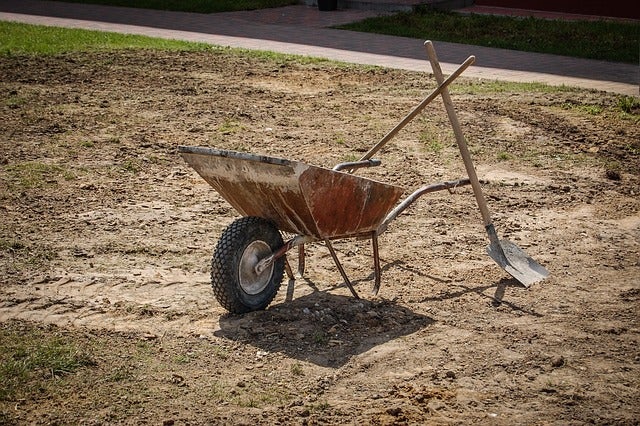The Garden Muse: A look at Franklinia alatamaha
Published 11:20 am Thursday, August 10, 2023
|
Getting your Trinity Audio player ready...
|
Let us talk about the little known Franklinia alatamaha tree, more commonly known as the Franklin tree.
It is native to the southeastern United States, specifically Georgia’s Altamaha River valley. Since the early 19th century It has been extinct in the wild. Although it can be difficult to find, it can now be obtained as a cultivated ornamental tree.
Mine was given to me by a friend. At the time it was no more than four inches tall and resembled a small twig stuck into a six-inch plastic pot. Fast forward three years and it is now a healthy-looking bushy tree approximately 4-5 feet tall.
This year was the first time it bloomed. A beautiful fragrant white flower with a yellow center (resembling a single white camellia blossom.) The smell reminded me of a cross between honeysuckle and orange blossom. It sure was a delightful surprise. It has now transitioned from blooming to its leaves changing from green to a very bright orange and red. It sure is a gorgeous specimen for year-round beauty in the garden.
The Franklin Tree has a fascinating botanical history. Beginning with its discovery along the Altamaha River in Georgia to its extinction in the wild, blamed partly on fungal disease that was introduced with the cultivation of cotton plants, and then its re-introduction through propagation at William Bertram’s Garden in Philadelphia.
William Bertram was the person to assign this plant to a new genus Franklinia (named in honor of his father’s great friend Benjamin Franklin) and so this rare plant was then named Frankilinia alatamaha.
It has a reputation as being difficult to cultivate. It is said to prefer sandy, high acid soils and will not tolerate compacted clay, excessive moisture, or any disturbance to its roots. I have red clay soil like most of us do here in southside Virginia, but it also has a high sand content as well. Maybe that is why I have not had any soil issues. However, I have found that irrigation was needed during dry spells and the hot summer months.
I have always been smitten with this tree but love it even more now that it has shown off its beautiful summer blooms.
Dawn Conrad is a Retired Virginia Cooperative Extension Master Gardener, Herbalist, Writer and Artist. She can be contacted at dawn@mygardenmuse.com.



